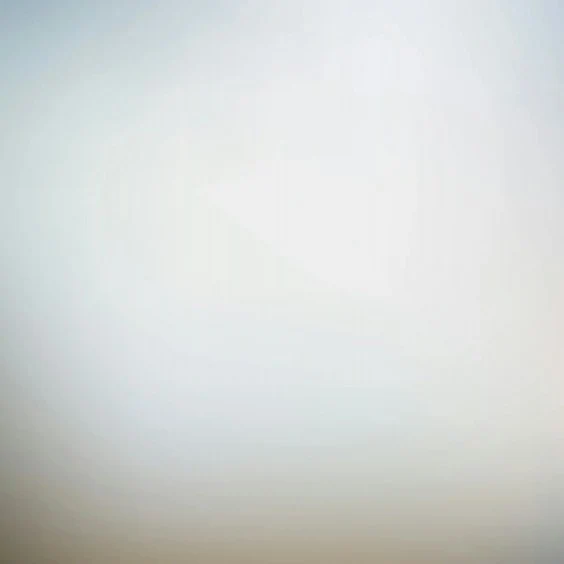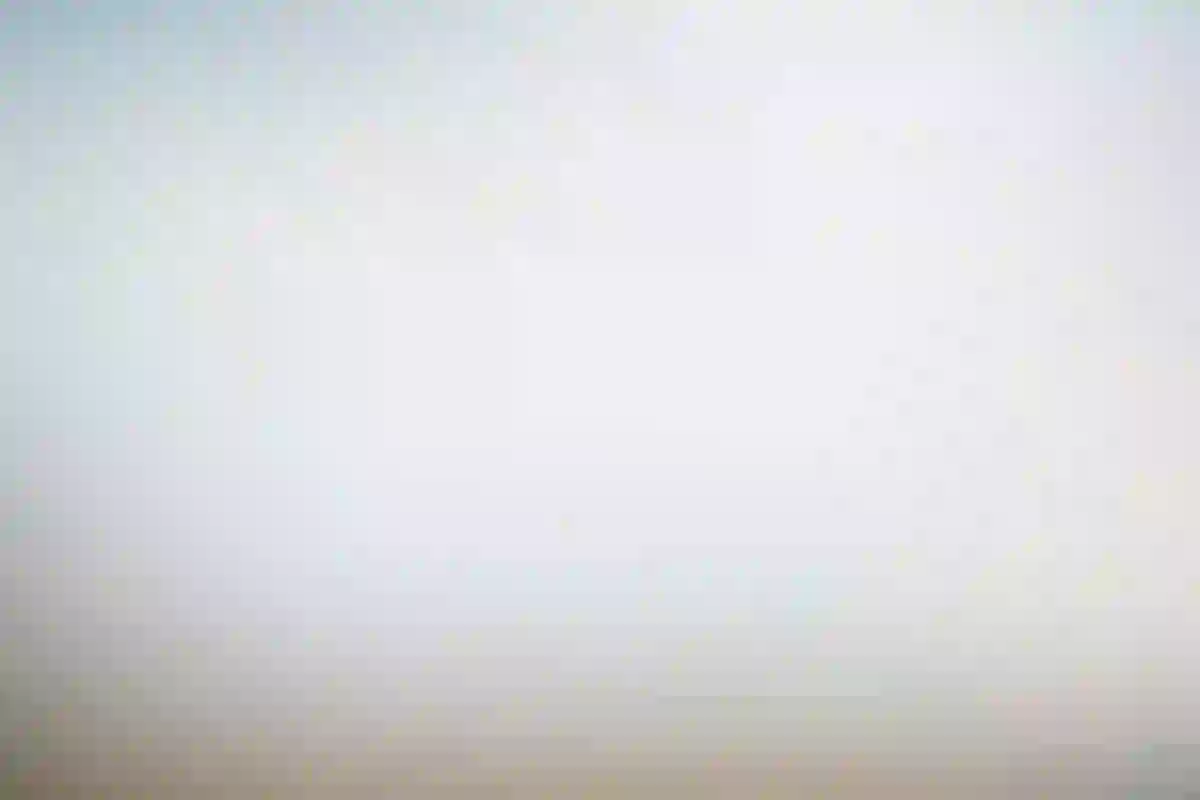Reviewed by: Dr. Aastik Bhatt, PMR Specialist, HCAH SuVitas
Last Updated: September 05, 2025
One ordinary morning, Mr. Sharma, 58, suddenly dropped his teacup, his right arm limp, his words slurred. Within minutes, his family rushed him to the hospital. Doctors confirmed it was a stroke.
Sadly, this is not rare. According to the World Health Organization (WHO), stroke is the second leading cause of death worldwide. In India, nearly 1.8 million people suffer a stroke every year, and many are younger than 60.
The positive side? With fast stroke diagnosis, timely treatment, and structured rehabilitation, many patients walk again, talk again, and regain independence.
Why Quick Stroke Diagnosis Matters
A stroke happens when blood supply to the brain is blocked (ischemic stroke) or when a blood vessel bursts (hemorrhagic stroke). Every minute counts — nearly 1.9 million brain cells die each minute without treatment.
👉 That’s why stroke diagnosis must happen within the golden hours to save both life and quality of life.
Recognizing Stroke Symptoms Early: The FAST Test
The simplest way for families to detect a stroke is the FAST test:
- Face Drooping – Ask the person to smile. Does one side droop?
- Arm Weakness – Ask them to raise both arms. Does one arm drift down?
- Speech Trouble – Is their speech slurred or strange?
- Time to Act – If yes, call emergency services immediately.
⚠️ If symptoms disappear within minutes, it may be a Transient Ischemic Attack (TIA) — a mini stroke and warning sign. Never ignore it.
How Doctors Diagnose Stroke: 6 Key Steps
When a patient reaches the hospital, doctors use these tests to confirm stroke:
| Step | Test | Purpose | Example Outcome |
| 1 | Physical & Neurological Exam | Check reflexes, strength, speech | Weak grip = possible brain area affected |
| 2 | Blood Tests | Sugar, cholesterol, clotting | High glucose = undiagnosed diabetes |
| 3 | CT Scan | Quick scan for clot/bleed | Detects ischemic vs. hemorrhagic stroke |
| 4 | MRI | Detailed brain imaging | Pinpoints damaged tissue |
| 5 | Carotid Ultrasound | Check neck artery blockages | Plaque detected in carotid artery |
| 6 | Heart Tests (ECG/Echo) | Detect irregular rhythm/clots | Atrial fibrillation found |
👉 In complex cases, doctors may also perform a Cerebral Angiogram (dye-based X-ray) for a closer look at brain blood vessels.
Immediate Stroke Treatment After Diagnosis
- Ischemic Stroke (clot-related):
- tPA injection within 4.5 hours to dissolve the clot.
- Mechanical thrombectomy for large clot removal.
- Hemorrhagic Stroke (bleeding):
- Medications to control bleeding & brain pressure.
- Surgeries like clipping, coiling, or clot removal if required.
Stroke Recovery: Why Rehabilitation Is the Real Journey
Hospital treatment saves life — but rehabilitation gives life back. Stroke rehab helps patients rebuild lost skills and regain independence.
Types of Stroke Rehabilitation
- Physiotherapy: Improves mobility, strength, and balance.
- Occupational Therapy: Relearns daily activities (dressing, cooking, writing).
- Speech Therapy: Restores communication & swallowing ability.
- Neuropsychology & Counseling: Handles memory loss, depression, and motivation.
👉 Example: A patient unable to walk may begin with robotic gait training and progress to walking independently through consistent therapy.
Recovery Timeline After Stroke
- First Weeks: Intensive hospital + rehab support.
- 1–3 Months: Major improvements possible (walking, self-care).
- 3–6 Months: Brain plasticity strongest; consistent therapy critical.
- 6–12 Months: Progress slows but doesn’t stop; rehab continues to help.
💡 Every patient’s recovery is unique — some improve in weeks, others need ongoing rehab for years.
Stroke Prevention After Diagnosis
Preventing a second stroke is as important as recovering from the first. Doctors may suggest:
- Controlling blood pressure, diabetes, cholesterol.
- Blood thinners or anticoagulants (if prescribed).
- Lifestyle changes – quit smoking, reduce alcohol, adopt a heart-healthy diet.
- Daily exercise like walking or yoga.
- Regular follow-up scans and check-ups.
The Role of Family & Caregivers
Stroke recovery is not just medical — it’s emotional. Families help by:
- Assisting with exercises and positioning at home.
- Encouraging speech practice and memory games.
- Monitoring medication and follow-up visits.
- Providing motivation during setbacks.
👉 At HCAH Rehab Centers, caregivers are trained so families feel confident continuing recovery at home.
Life After Rehab: What to Expect
- Some patients return to work or independent living.
- Others may need long-term support for spasticity, cognitive issues, or emotional health.
- Community support groups and regular therapy sessions keep progress steady.
HCAH India: Stroke Rehabilitation You Can Trust
At HCAH Rehabilitation and Recovery Centers in Delhi NCR, Mumbai, Bangalore, Hyderabad, and Kolkata, we provide:
- PMR specialist-led care (rehab doctors leading treatment).
- Milestone-based recovery plans tailored to each patient.
- Robotic rehab technologies (Exoskeleton, Rapid, VR therapy).
- Options for inpatient, outpatient, and home-based rehab.
📹 Watch how stroke survivors regained independence at HCAH →
Want to know the best rehab option for your loved one? Book a Stroke Consultation Today →
Stroke Facts You Should Know
- Every 40 seconds someone has a stroke worldwide.
- 1 in 4 strokes is recurrent.
- In India, strokes strike younger adults (ages 55–60) compared to the West.
FAQs on Stroke Diagnosis & Recovery
Q1. How long does stroke diagnosis take?
Usually 30–60 minutes depending on hospital facilities. CT scans are done first to save time.
Q2. Is stroke diagnosis painful?
No. Tests like CT, MRI, and ultrasound are painless. Only angiograms involve a minor procedure.
Q3. How long does stroke recovery take?
Most progress happens in the first 6 months, but recovery can continue for years with therapy.
Q4. Can stroke rehab be done at home?
Yes. Home rehab is possible, but specialized centers offer faster results with advanced equipment and round-the-clock care.
Q5. What is the cost of stroke rehab in India?
Outpatient therapy costs ₹600–₹5,000 per session. Inpatient rehab packages differ by city and duration.
Conclusion
Stroke is a medical emergency, but recovery is possible. Quick diagnosis saves lives. Immediate treatment reduces complications. And structured rehabilitation brings patients back to walking, talking, and living independently.
👉 Find Your Nearest HCAH Stroke Rehabilitation Center in Delhi NCR, Mumbai, Bangalore, Hyderabad, or Kolkata and take the first step towards recovery.


